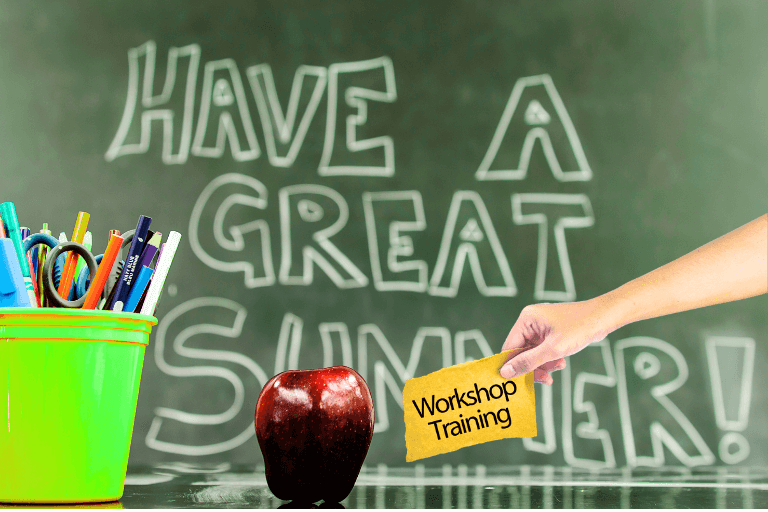A Powerful Practice with Real Results
I often talk about the “heart work” of education. That part of the job where we’re not just creating an atmosphere of learning—we’re building relationships with our students that will last long after they leave the classroom.
To me, that’s what it’s all about really. Relationships trump content because I want each of my students to know that they are 100% loved and cared for. And once I have those strong relationships in place—once I have their hearts—teaching the content becomes a whole lot easier!
When I talk about these important individual relationships, I’m also talking about the “culture” of the classroom as a whole. I’ve worked hard in all of my classrooms to promote kindness, positivity, optimism and create environments with a focus on happiness and well-being.
After all, we don’t just want our students to be good at reading or math or science. We want them to be good at life!
Gratitude as a Tool
Based on my classroom experiences, I’ve discovered that gratitude is an incredibly important component of a successful classroom. And it starts with me, the teacher.
(Gratitude is also something I’ve embraced in my personal life and in my work as a happiness coach, too!)
Gratitude has empowered me to teach more effectively, to see and appreciate my students as individuals, to grow in my profession, and to truly accept that life is a gift.
See, by incorporating gratitude in the classroom, I’m able to model one of life’s most valuable lessons: Having a positive attitude—even (and especially) in the face of challenges—offers you the best chance for success!
What the Research Says About Gratitude
People who consciously count their blessings can become happier and less depressed.
According to research published by Harvard, the simple act of writing down things you’re thankful for significantly increases your optimism—and those optimism levels hold for six months!
In his book The Happiness Advantage, researcher Shawn Achor explains how this increase in optimism can lead to results that any teacher or student would love to see happen in the classroom.
“Positive emotions flood our brains with dopamine and serotonin, chemicals that not only make us feel good but dial up the learning centers of our brains to higher levels,” Achor writes. “They help us organize new information, keep that information in the brain longer, and retrieve it faster later on. And they enable us to make and sustain more neural connections, which allows us to think more quickly and creatively, become more skilled at complex analysis and problem solving, and see and invent new ways of doing things.”
Keeping Gratitude Journals in the Classroom
So, now that you’ve heard all the good that can come from practicing gratitude, maybe it’s time to start implementing it in the classroom.
You can begin by modeling your own gratitude list each day. Take just a few moments at the beginning of class to share a list of 3-5 things you are thankful for. (If you’re a principal, add your gratitude list to the morning announcements!)
This doesn’t have to be a major undertaking. Your list might look something like this:
- I am thankful for waking up this morning to sunshine.
- I am thankful that I have a job that allows me to help others.
- I am thankful that when I looked outside today I saw flowers blooming.
This shows your students how easy it is for them to start practicing gratitude. And then the real fun can begin: Gratitude Journals!
You can have your students bring in notebooks and personalize them with favorite pictures, images, and sayings. Or for the more tech-savvy teachers among us, there are lots of options for creating digital gratitude journals.
Have students begin and/or end their day by writing down three things they are thankful for. Then take a minute or two each morning to let students go around the room and share one of their gratitudes.
You’ll be amazed at how important and helpful it can be for your kids to not only express their own gratitudes, but also hear from their classmates. By the end of the year, your students will have practiced and been exposed to THOUSANDS of gratitudes. (And hopefully, this becomes a practice they take with them after they leave the classroom!)
Gratitude is such a powerful practice, one that has the power to transform the way a person sees the world—and one that can produce positive real world results inside and outside the classroom.
STAY TUNED: This is the first in a series of posts about gratitude in the classroom that I’ll be sharing here. Check back into the blog over the coming months (or subscribe to my newsletter for post notifications) to read them all!






